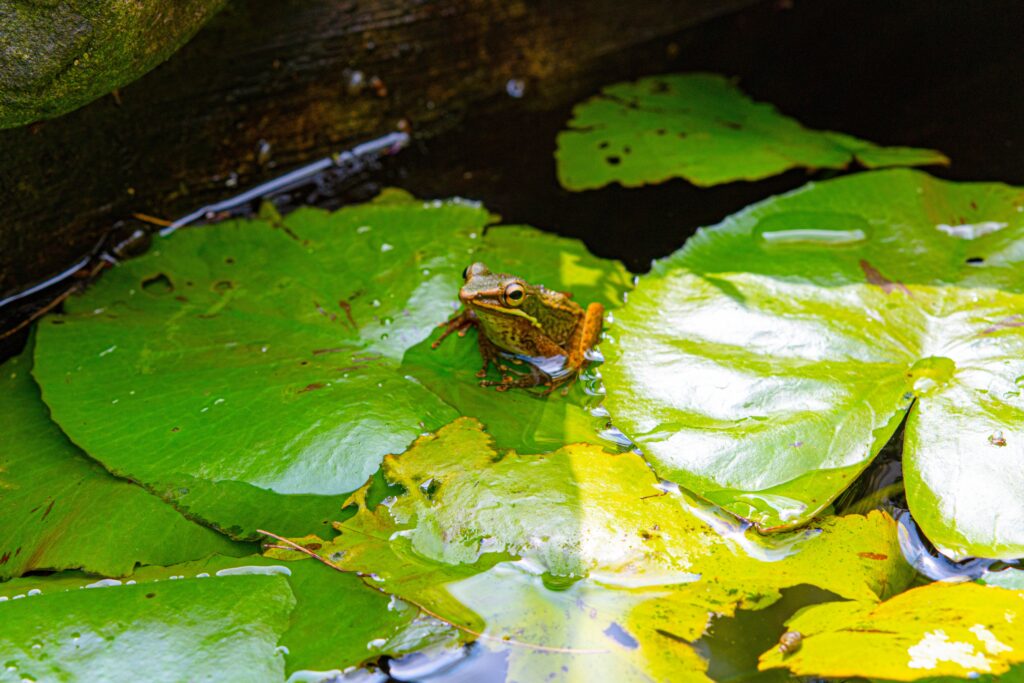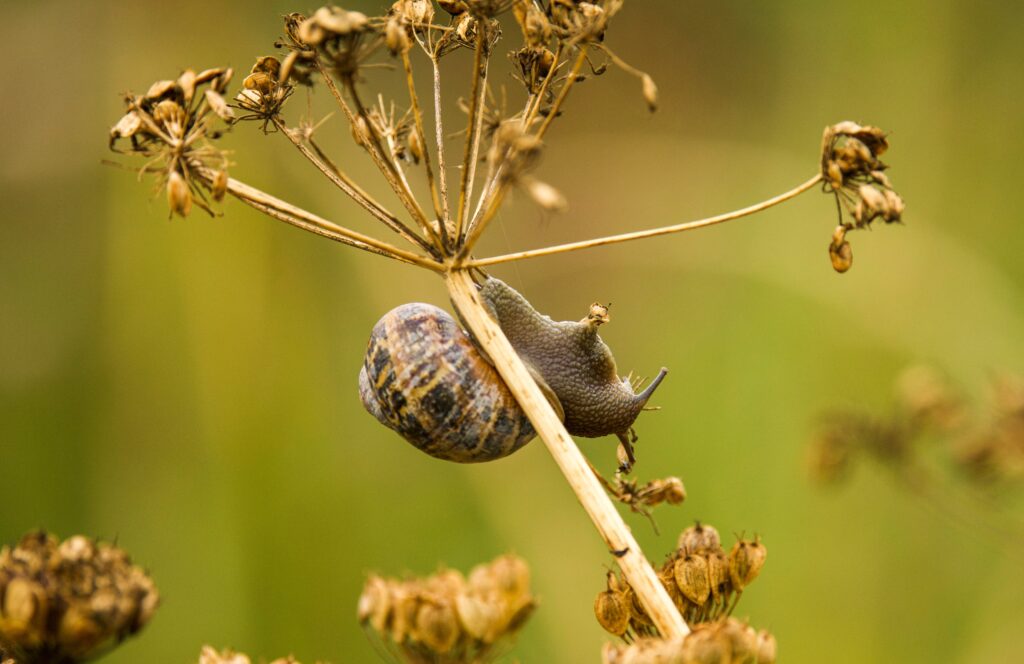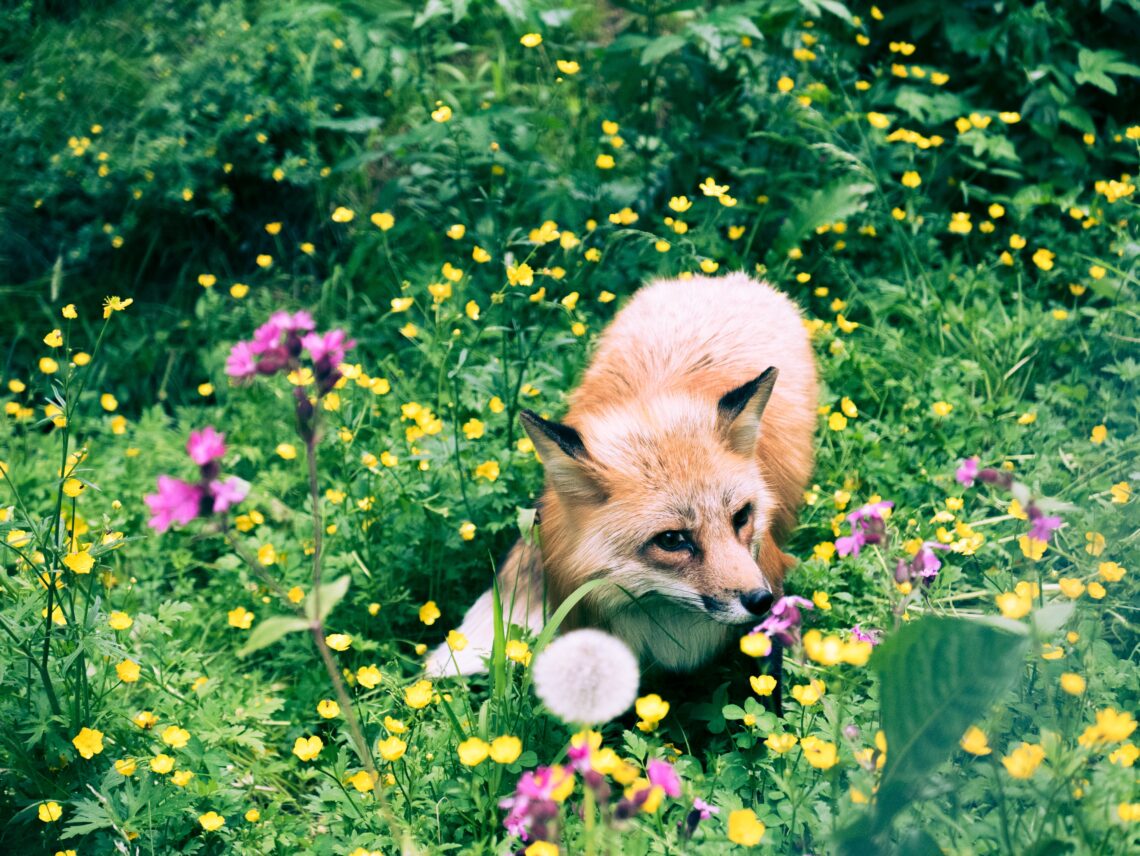Gardens aren’t just for humans; they can be a paradise for wildlife too. Imagine your garden buzzing with the cheerful chirping of birds, the gentle hum of bees, and the occasional visit from a friendly neighbourhood hedgehog. Creating a garden that’s wildlife-friendly is not just an act of generosity; it’s a way to embrace the beauty of biodiversity right outside your door.
Here are some actionable steps to ensure your garden is wildlife friendly:
Choose Native Plants
Native plants are the foundation of a wildlife-friendly garden. They provide food and shelter for local birds, insects, and small mammals. Research what plants are indigenous to your region and incorporate them into your garden.
Create Habitat Diversity
Offer different habitats within your garden. Install birdhouses, nesting boxes, and insect hotels. Develop a small pond or water feature for frogs and toads. These diverse environments will attract a wide range of wildlife.

Introducing frogs and toads is a great way to keep other not-so-welcome wildlife under control in the garden. All part of the cycle.
Provide Food Sources
Install bird feeders with a variety of seeds. Plant nectar-rich flowers for pollinators like butterflies and bees. Leave out a bird bath for drinking and bathing.
Be careful not to just chuck and waste or leftover foods into the garden, without checking that they will not harm the wildlife. Things like old bits of bread are not good for birds and avoid throwing out old bits of meat (unless you want to attract carnivores and potentially rats).
Work with your garden, so that you are growing things that will provide a food source, rather than seeing the local wildlife as an alternative to the bin.
Ditch Chemicals
Say goodbye to pesticides and herbicides. These chemicals can harm wildlife and disrupt the natural balance of your garden. Opt for organic alternatives to protect both the environment and the creatures that call your garden home.
Maintain Wild Corners
Allow a portion of your garden to grow wild. This can be a thicket of bushes, a meadow of wildflowers, or an untamed corner. These areas provide shelter and sustenance for a multitude of species.
Reduce Light Pollution
Light pollution can disorient nocturnal animals. Use downward-facing, motion-sensor lights to minimize disturbance to wildlife during the night.
Educate Yourself
Learn about the species that frequent your garden. Knowing their needs and habits will help you make your garden even more inviting.
This is a big part of the journey and will require some patience. It all depends on where you live and the climate you have throughout the year. If possible draft in the help of your neighbours to speed up your research.
I would also highly recommend a wildlife camera. They are super discreet, motion-detected and often battery-operated. A lot of wildlife will come out during the night, so this is an easy way to keep track (without having to camp out for the night in your garden).
Be Patient
Creating a wildlife-friendly garden takes time. Be patient as the ecosystem establishes itself. Over the seasons, you’ll see more and more visitors.

And work with the wildlife. Introducing more species to your garden haven will result in unintended consequences. Learn to embrace this as being part of the journey. Work with the wildlife and if you do not like the outcome, find a solution that is mutually beneficial.
Encourage Your Neighbors
Your garden doesn’t exist in isolation. Encourage your neighbours to join the movement and create their own wildlife-friendly spaces. The more interconnected these habitats are, the better it is for local wildlife.
Document the Journey
Keep a garden journal or start a blog to document the wonderful wildlife encounters in your garden. Sharing your experiences can inspire others to follow your lead.
Final Thoughts on Making Your Garden Wildlife Friendly
Transforming your garden into a wildlife-friendly haven is not just a gift to nature; it’s a gift to yourself. The joy of watching birds, bees, and butterflies flourish in your garden is a reward that money can’t buy. With a little effort and a lot of love, your garden can become a thriving ecosystem, a testament to your commitment to biodiversity and the wonders of the natural world right at your doorstep. So, get started today, and let your garden come alive with the magic of wildlife!


